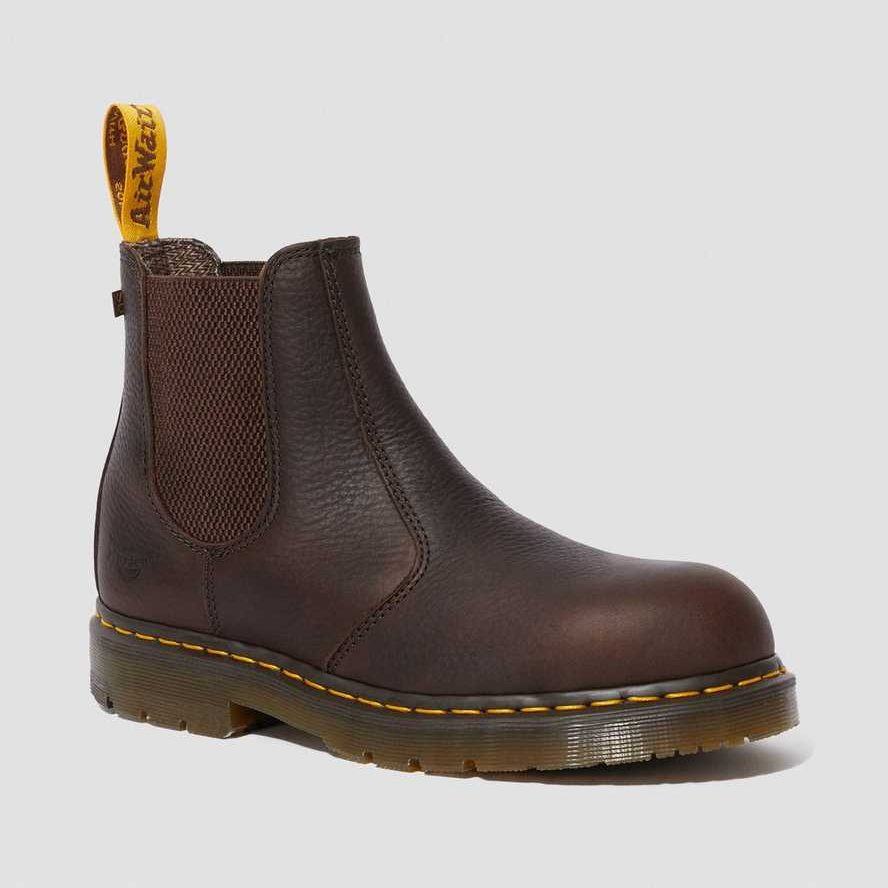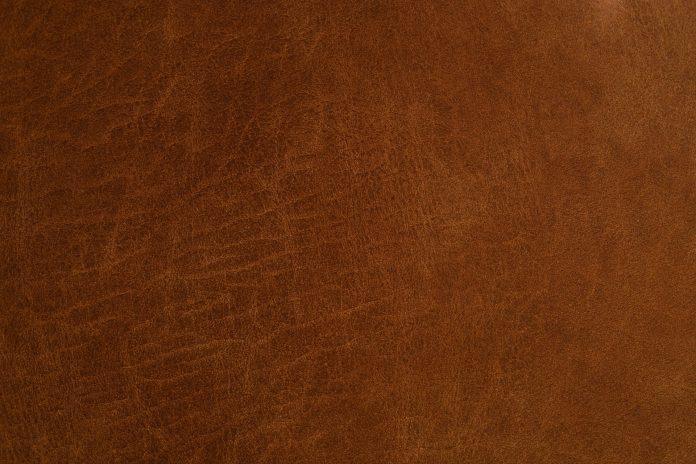We have a lot of leather work boots at Working Person’s Store. While your feet appreciate the coverage and protection, where exactly does that leather material come from? We’re here to break things down for you.
Source
You might recognize leather footwear for its rugged durability and tough appearance. It’s a pliable material that ranges in quality and source.
Since cows are readily available, leather often comes from them for the highest quality. Leather can also come from horses, deer, sheep, and even kangaroos. If you’ve ever seen exotic leathers from alligators, snakes, ostriches, and other species, you know that the texture of leather can vary greatly for each clothing or footwear item.

What’s the difference between full-grain leather & top-grain leather?
Manufacturers often utilize full-grain leather to build tough work boots – because it’s long-lasting and fends off abrasions. You can find this type of leather just below the animal’s hair where the hide’s grain pattern is extremely tight.
Full-grain leather is unique because it can also develop a nice patina, or worn-in appearance, over time. The longer you put the boots to work, the more “weathered look” they’ll acquire. This is often a sought after aspect that withstands the test of time.
Another bonus: it’s naturally water-resistant which is beneficial for outdoor workwear and footwear designs.
Top-grain leather ranks right behind full-grain, and the main difference is that a few millimeters have been buffed away from the surface. While this takes away imperfections for a cleaner, more uniform look, it also causes the material to break down a lot faster.
This kind of leather is more often found in purses, wallets, handbags, and belts. It’s not as strong as full-grain, but it has a more desired appearance right off the bat.
Did you know?
Age, diet, climate, and sex of animals can all affect how the leather looks. Think about keeping your own skin looking smoother or without blemishes – certain contributing factors, like what you eat, how much you exercise, and what chemicals you’re exposed to can all affect the appearance. The same is true for the quality of leather.
Once the leather is in the manufacturing process with tanning chemicals and dyes, it all plays a role in the finished product. Even shipping and handling can impact leather products.
Final Thoughts
Leather can be procured from a wide variety of sources and range in quality. When you’re choosing a new work boots, it’s important to know the background of the leather manufacturing process to make sure you know what to expect from that type of leather.
Have questions about specific leather products you’re thinking about ordering? Contact us and we’ll be happy to assist you!
[Featured image credit: Felipe Santana]




